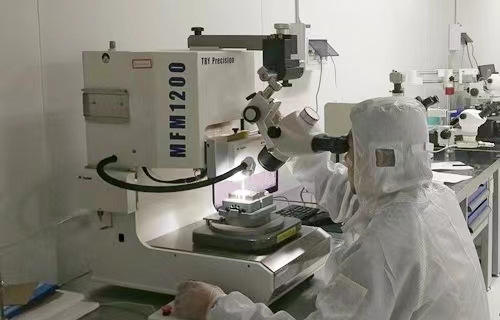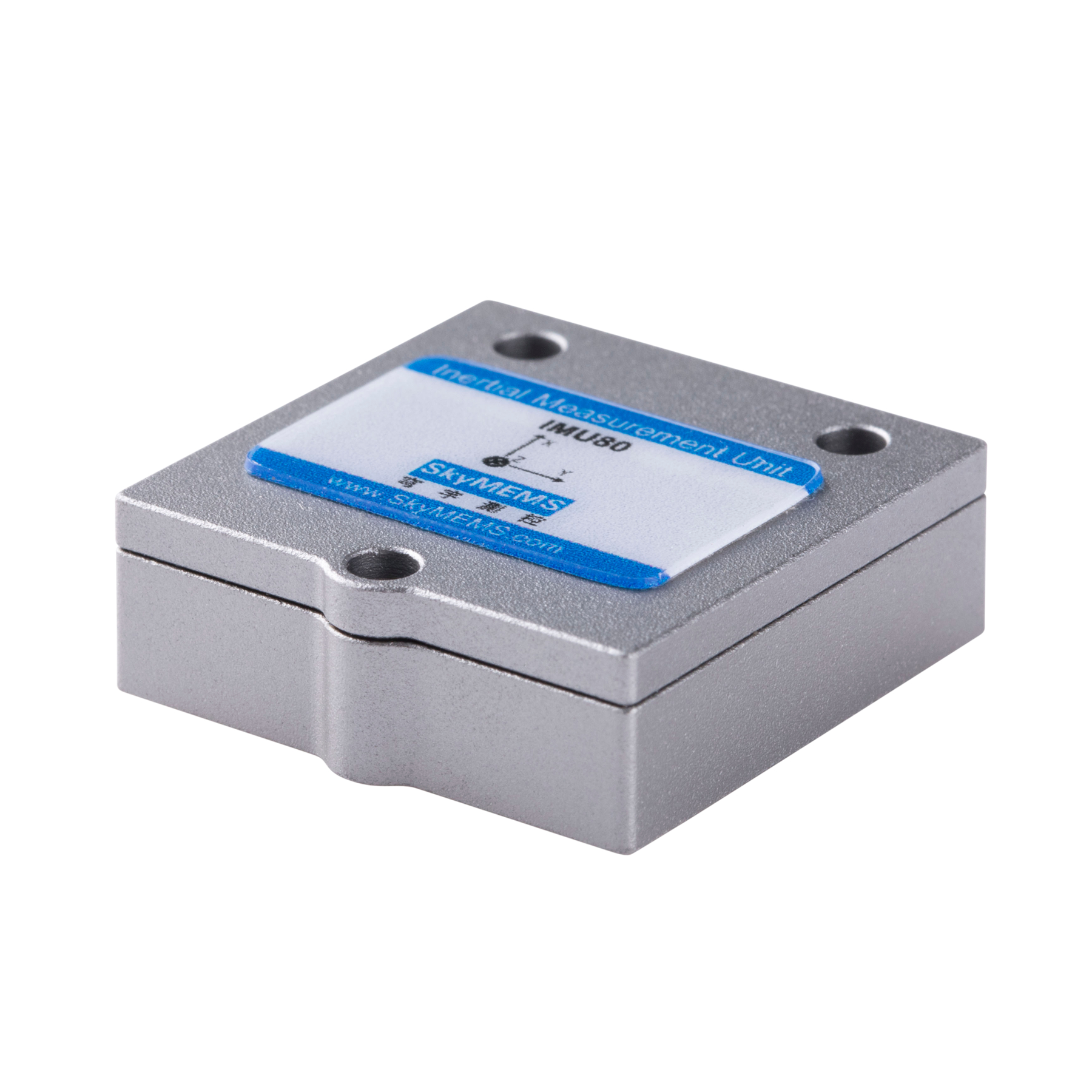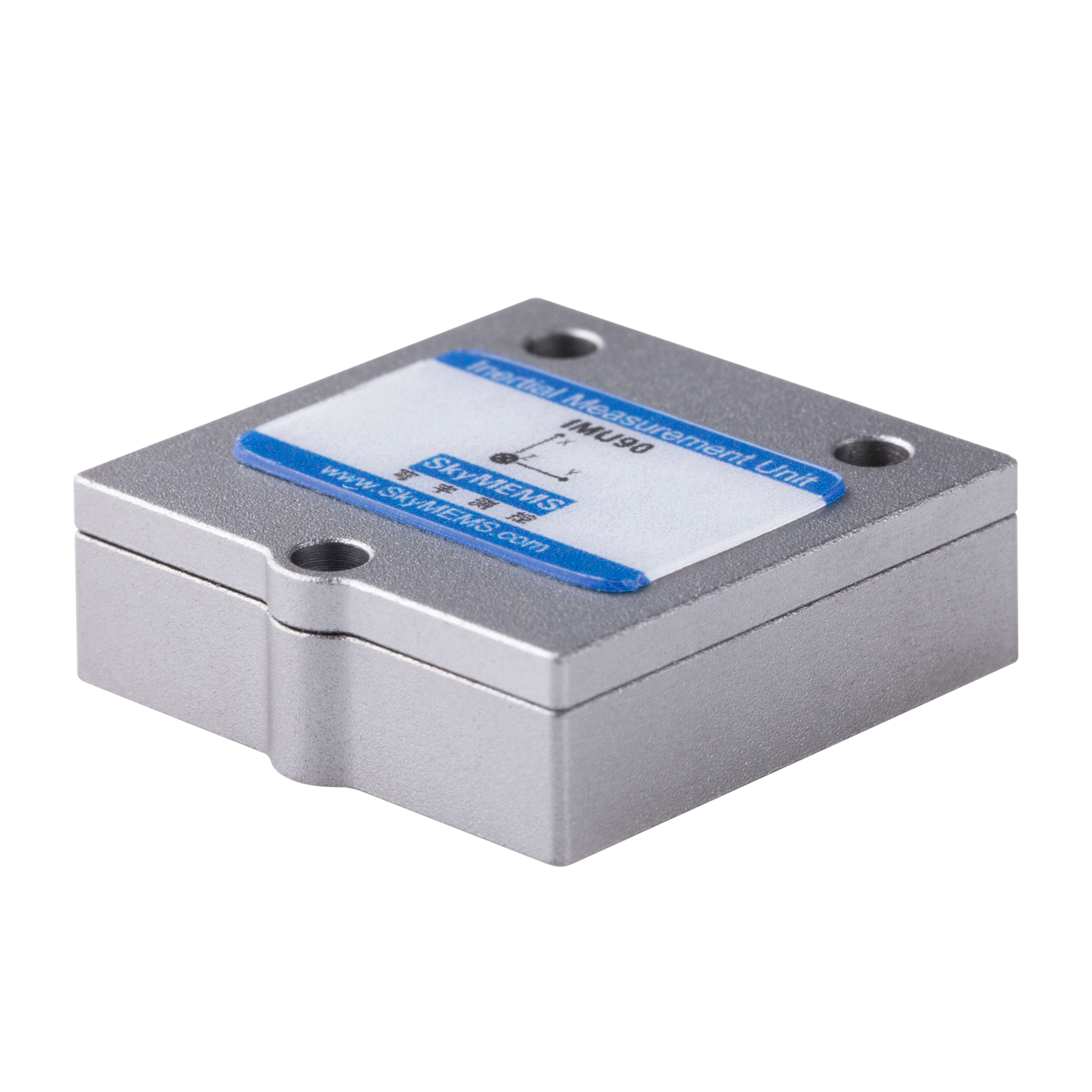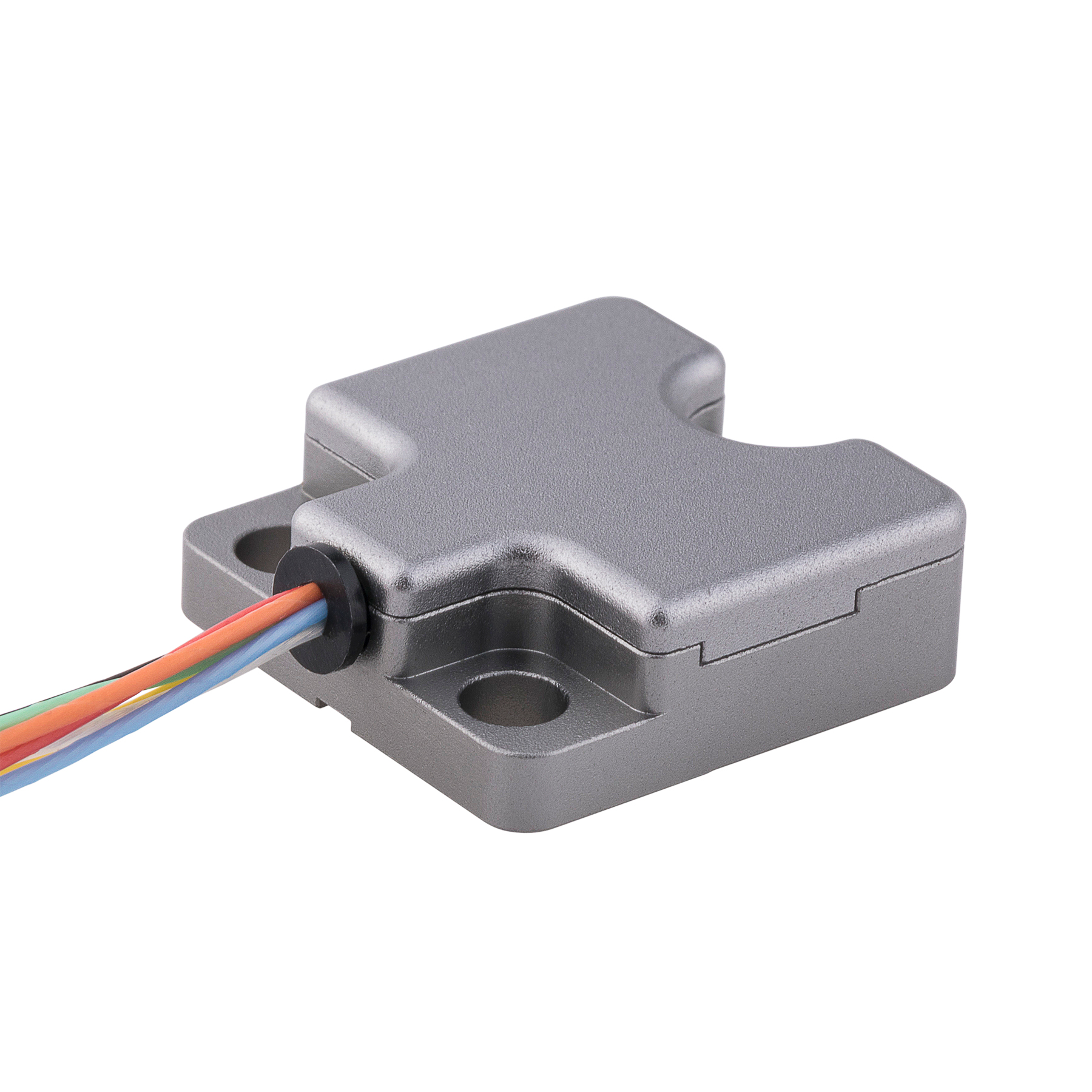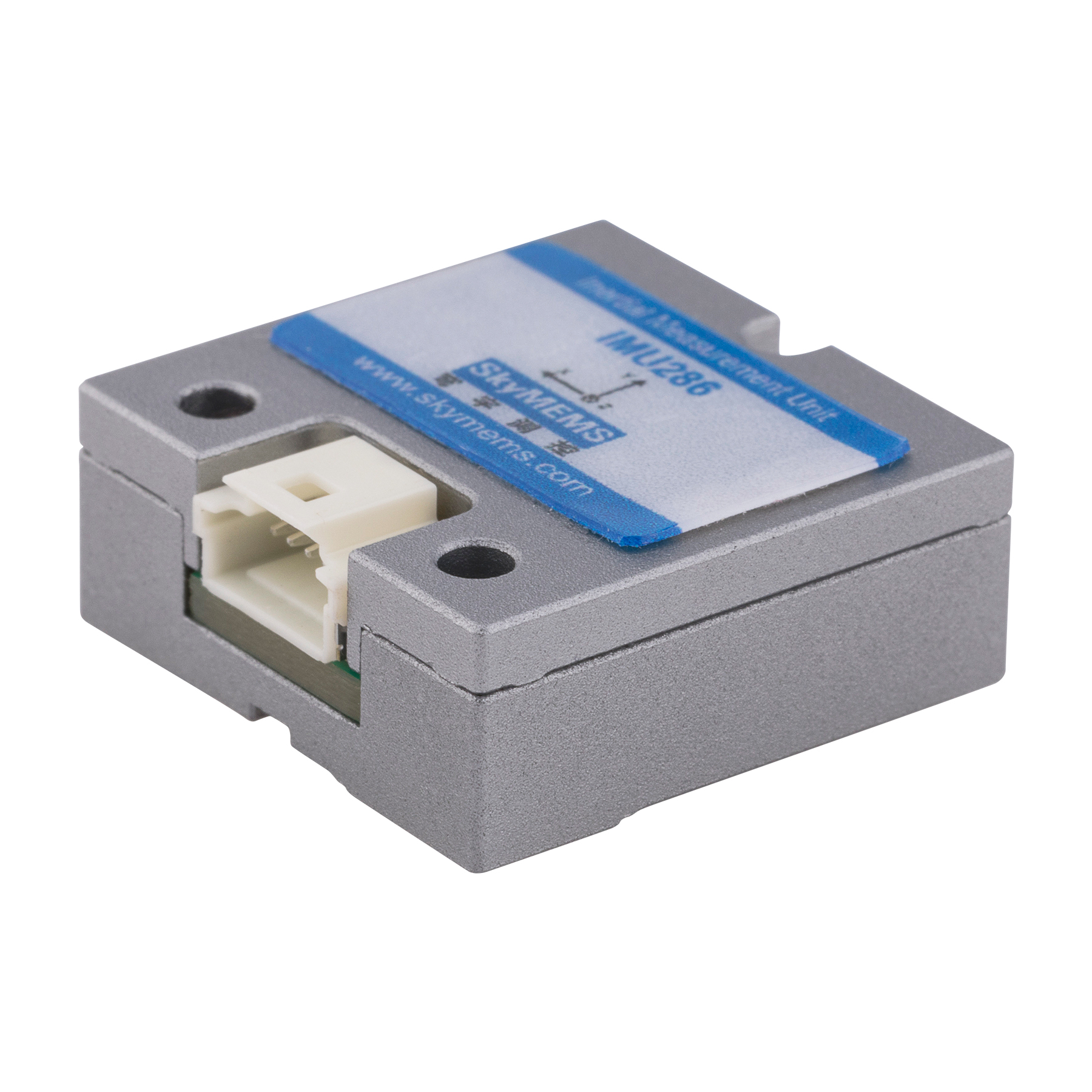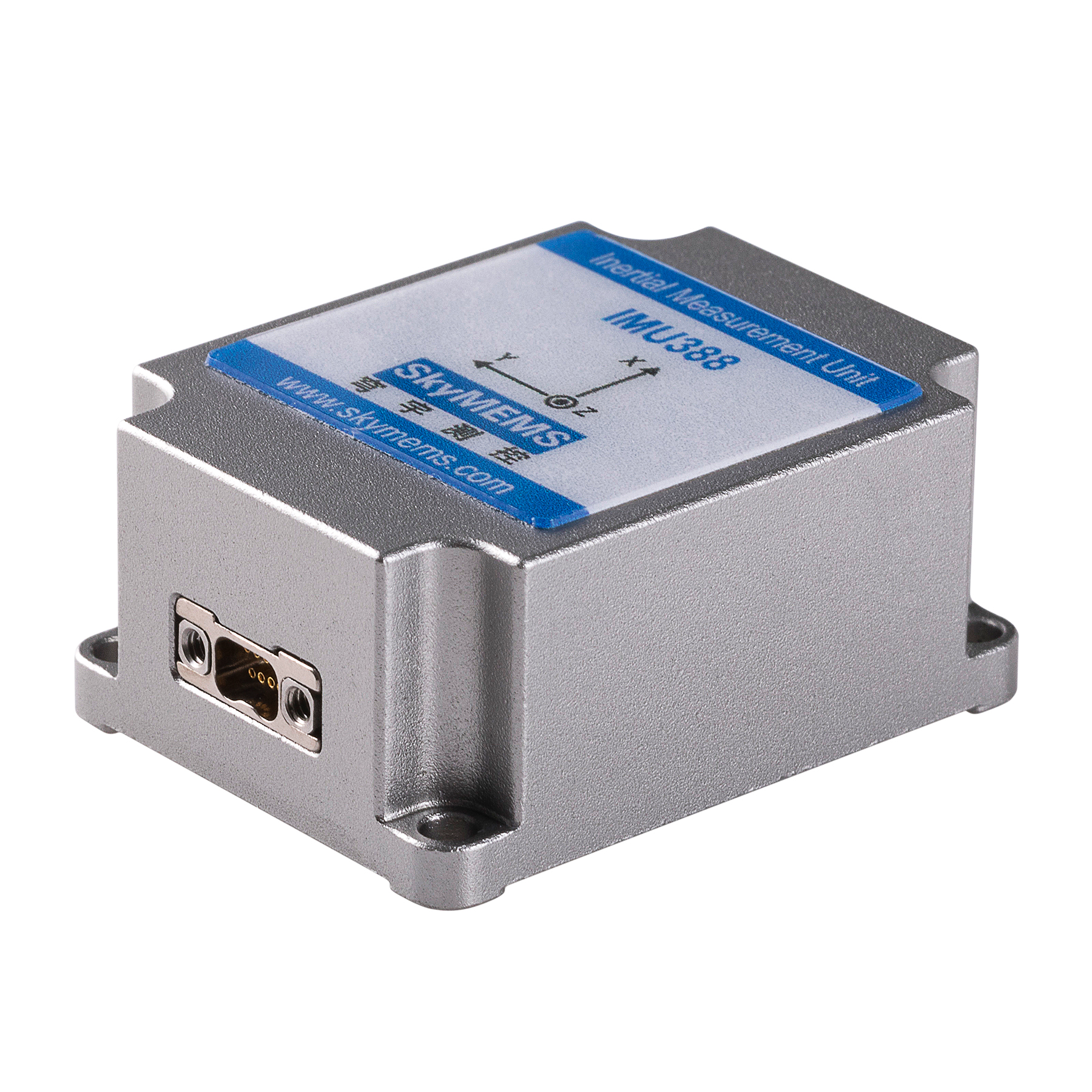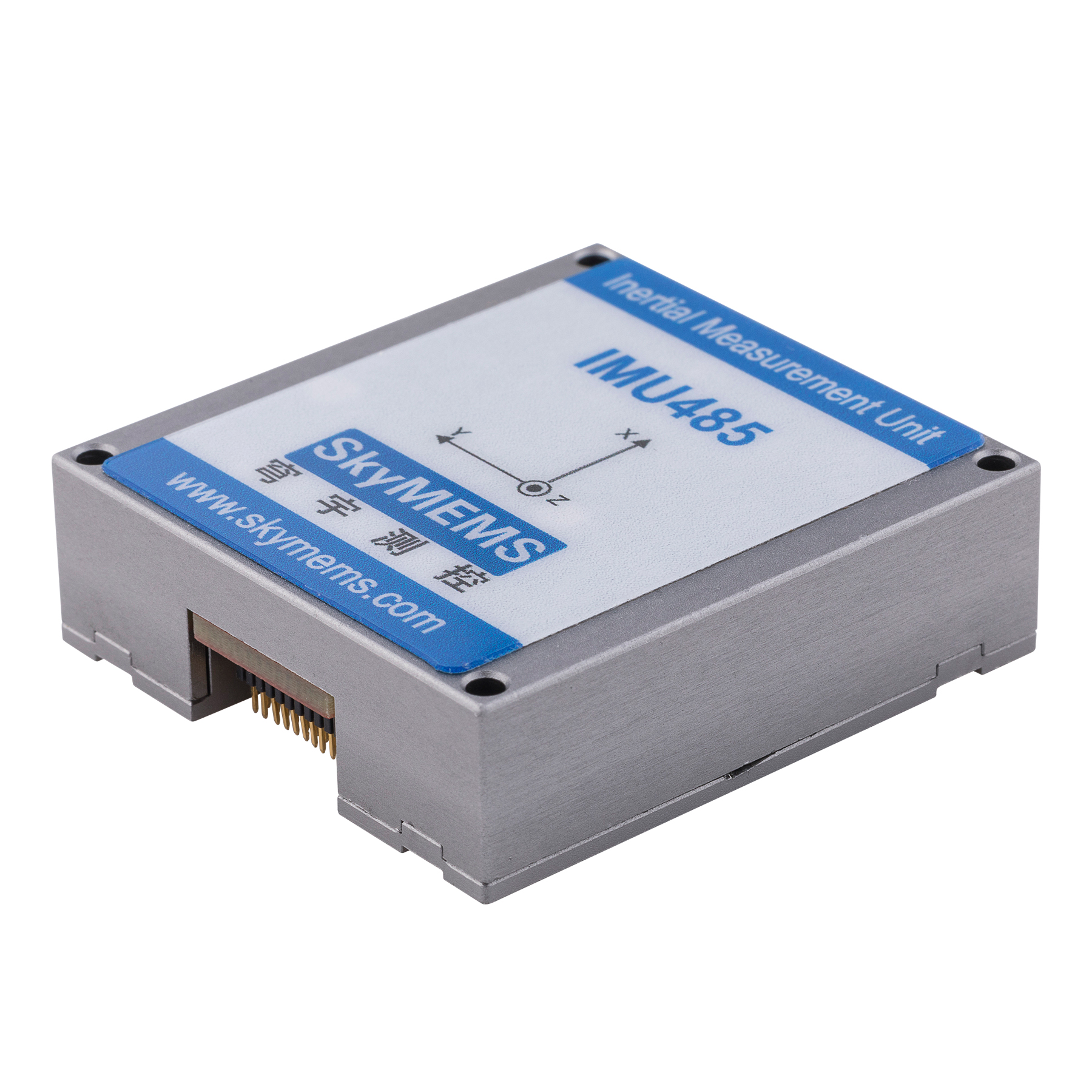An inclination sensor, also known as an inclinometer or tilt sensor, is a device that measures the angle of tilt or inclination with respect to a reference plane. It is commonly used to measure the inclination of an object or structure, such as a bridge or a building, in order to determine its stability or to monitor for potential hazards.
Inclination sensors are widely used in a variety of applications, including construction, transportation, and manufacturing. They are an essential component of many safety systems, as they can help to prevent accidents and protect workers and equipment.
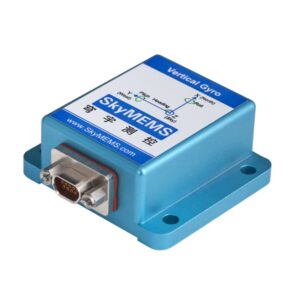
There are several different types of inclination sensors, each of which is suited to a specific application. Some of the most common types include capacitive, resistive, and optical inclination sensors.
Capacitive inclination sensors use a capacitor to measure the angle of inclination. They are highly accurate and reliable, but can be sensitive to temperature changes and may require frequent calibration.
Resistive inclination sensors use a resistive element to measure the angle of inclination. They are less accurate than capacitive sensors, but are more resistant to temperature changes and do not require frequent calibration.
Optical inclination sensors use a light-emitting diode (LED) and a photodiode to measure the angle of inclination. They are highly accurate and reliable, but can be expensive and may require maintenance.
In addition to these types, there are also hybrid inclination sensors that combine multiple technologies in order to improve accuracy and reliability.
Applications of Inclination Sensors
Inclination sensors are used in a wide range of applications, including:
- Construction: Inclination sensors are often used in construction to monitor the stability of structures, such as bridges and buildings. They can help to prevent accidents and ensure that structures are safe for use.
- Transportation: Inclination sensors are used in transportation to monitor the tilt of vehicles, such as trains and buses. They can help to prevent accidents and ensure that vehicles are stable during operation.
- Manufacturing: Inclination sensors are used in manufacturing to monitor the position of machinery and equipment. They can help to prevent accidents and ensure that equipment is operating correctly.
- Safety systems: Inclination sensors are an essential component of many safety systems, such as fall protection systems and safety harnesses. They can help to prevent accidents and protect workers and equipment.
Advantages of Inclination Sensors
There are several advantages to using inclination sensors, including:
- Accuracy: Inclination sensors are highly accurate, making them reliable for use in safety-critical applications.
- Reliability: Inclination sensors are designed to be reliable and durable, making them suitable for use in harsh environments.
- Easy to install: Inclination sensors are easy to install and can be mounted on a variety of surfaces.
- Versatility: Inclination sensors are versatile and can be used in a wide range of applications.
Disadvantages of Inclination Sensors
There are also some disadvantages to using inclination sensors, including:
- Cost: Some inclination sensors can be expensive, particularly those that use advanced technology.
- Maintenance: Some inclination sensors may require regular maintenance in order to ensure accuracy and reliability.
- Sensitivity: Some inclination sensors may be sensitive to temperature changes or other environmental factors, which can affect accuracy.
Conclusion
In conclusion, inclination sensors are widely used in a variety of applications, including construction, transportation, and manufacturing. They are an essential component of many safety systems, as they can help to prevent accidents and protect workers and equipment. There are several different types of inclination sensors, each of which is suited to a specific application. Some of the most common types include capacitive, resistive, and optical inclination sensors. Inclination sensors have several advantages, including accuracy, reliability, ease of installation, and versatility. However, there are also some disadvantages to using inclination sensors, including cost, maintenance requirements, and sensitivity to environmental factors. Overall, inclination sensors are a valuable tool for measuring the angle of inclination and ensuring the stability of objects and structures.

